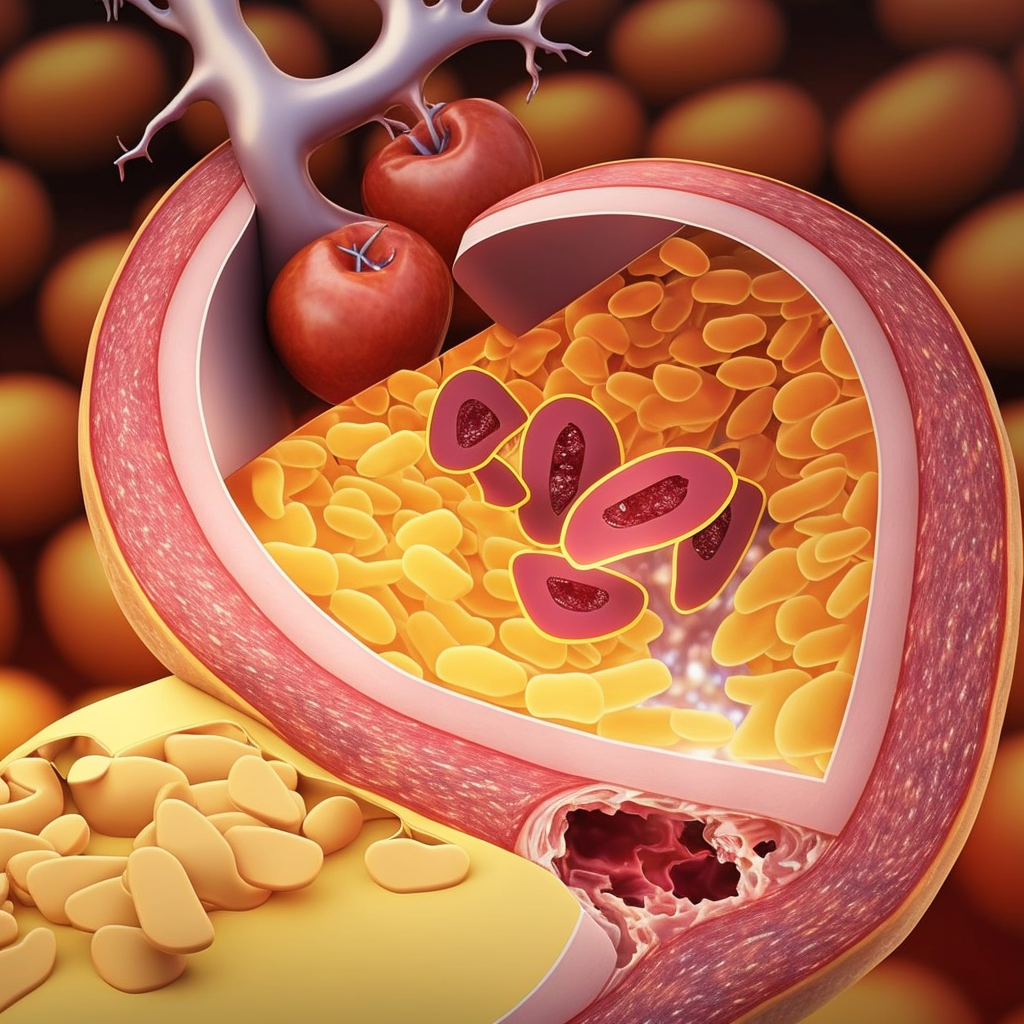
When Cholesterol Is Good or Bad
Cholesterol is a type of lipid that is essential for many bodily functions, including cell membrane formation, hormone production, and nerve function. However, when cholesterol levels become too high or too low, it can lead to serious health problems. In this blog post, we’ll discuss when cholesterol is good or bad, and how to maintain healthy cholesterol levels.
What Is Cholesterol?
Cholesterol is a waxy, fat-like substance that is found in every cell of the body. It is produced by the liver and is also found in animal-based foods such as meat, dairy products, and eggs. There are two types of cholesterol: low-density lipoprotein (LDL) and high-density lipoprotein (HDL). LDL cholesterol is known as “bad” cholesterol because it can build up in the walls of the arteries and lead to blockages, while HDL cholesterol is known as “good” cholesterol because it helps to remove LDL cholesterol from the bloodstream.

Can Cholesterol Be Too Low?
While high levels of LDL cholesterol can lead to health problems, having too low levels of cholesterol can also be a concern. Cholesterol is necessary for the body to function properly, and having very low levels of cholesterol can increase the risk of certain health problems, such as:
- Depression and anxiety
- Cancer
- Hemorrhagic stroke
- Bleeding in the brain
- Nutrient deficiencies
However, it’s important to note that extremely low cholesterol levels are rare, and most people don’t need to worry about their cholesterol being too low.
What Cholesterol Is Good?
HDL cholesterol is known as “good” cholesterol because it helps to remove LDL cholesterol from the bloodstream. It works by carrying LDL cholesterol from the arteries to the liver, where it can be broken down and eliminated from the body. High levels of HDL cholesterol are associated with a lower risk of heart disease, while low levels of HDL cholesterol are associated with a higher risk of heart disease.

Why Cholesterol Is High?
High levels of LDL cholesterol are associated with a higher risk of heart disease, as it can build up in the walls of the arteries and lead to blockages. There are several factors that can contribute to high cholesterol levels, including:
- Genetics: Some people are more prone to high cholesterol levels due to genetics.
- Diet: Consuming a diet high in saturated and trans fats can increase cholesterol levels.
- Lack of exercise: Physical activity can help to lower cholesterol levels.
- Smoking: Smoking can increase cholesterol levels and damage the walls of the arteries.
- Age and gender: Cholesterol levels tend to increase with age and are generally higher in men than women.
Will Cholesterol Go Away?
Cholesterol is a natural part of the body and cannot be completely eliminated. However, high cholesterol levels can be managed through lifestyle changes and, if necessary, medication. Some ways to lower cholesterol levels include:
- Eating a healthy diet that is low in saturated and trans fats and high in fiber, fruits, and vegetables.
- Getting regular exercise and physical activity.
- Maintaining a healthy weight.
- Quitting smoking.
- Taking medication prescribed by a healthcare provider, if necessary.
It’s important to note that managing high cholesterol is a lifelong process, and it requires ongoing commitment and effort to maintain healthy cholesterol levels.
Conclusion
Cholesterol is an essential component of the body, but when levels become too high or too low, it can lead to serious health problems. It’s important to understand what cholesterol is good and bad, and how to maintain healthy cholesterol levels through lifestyle changes.
